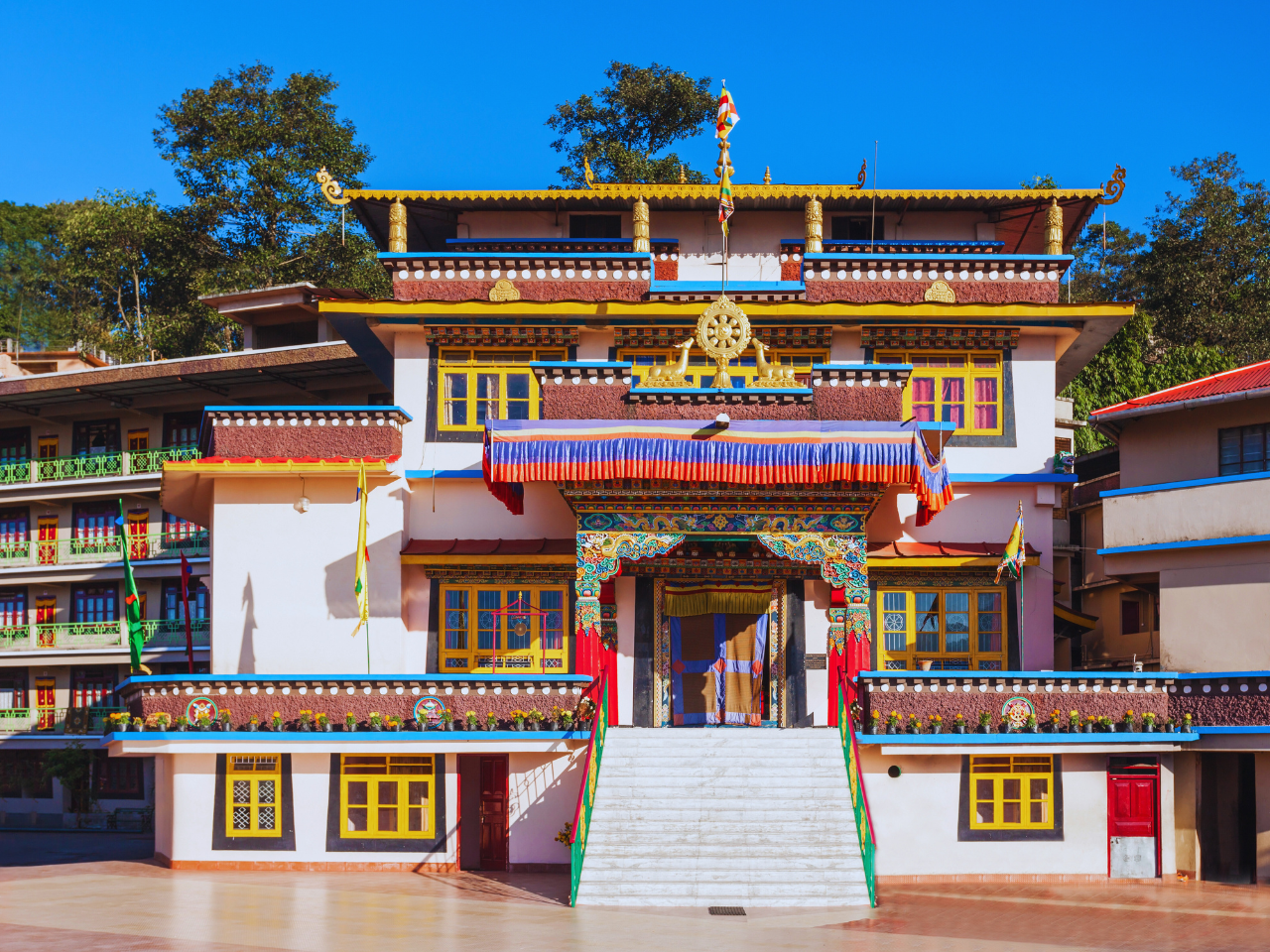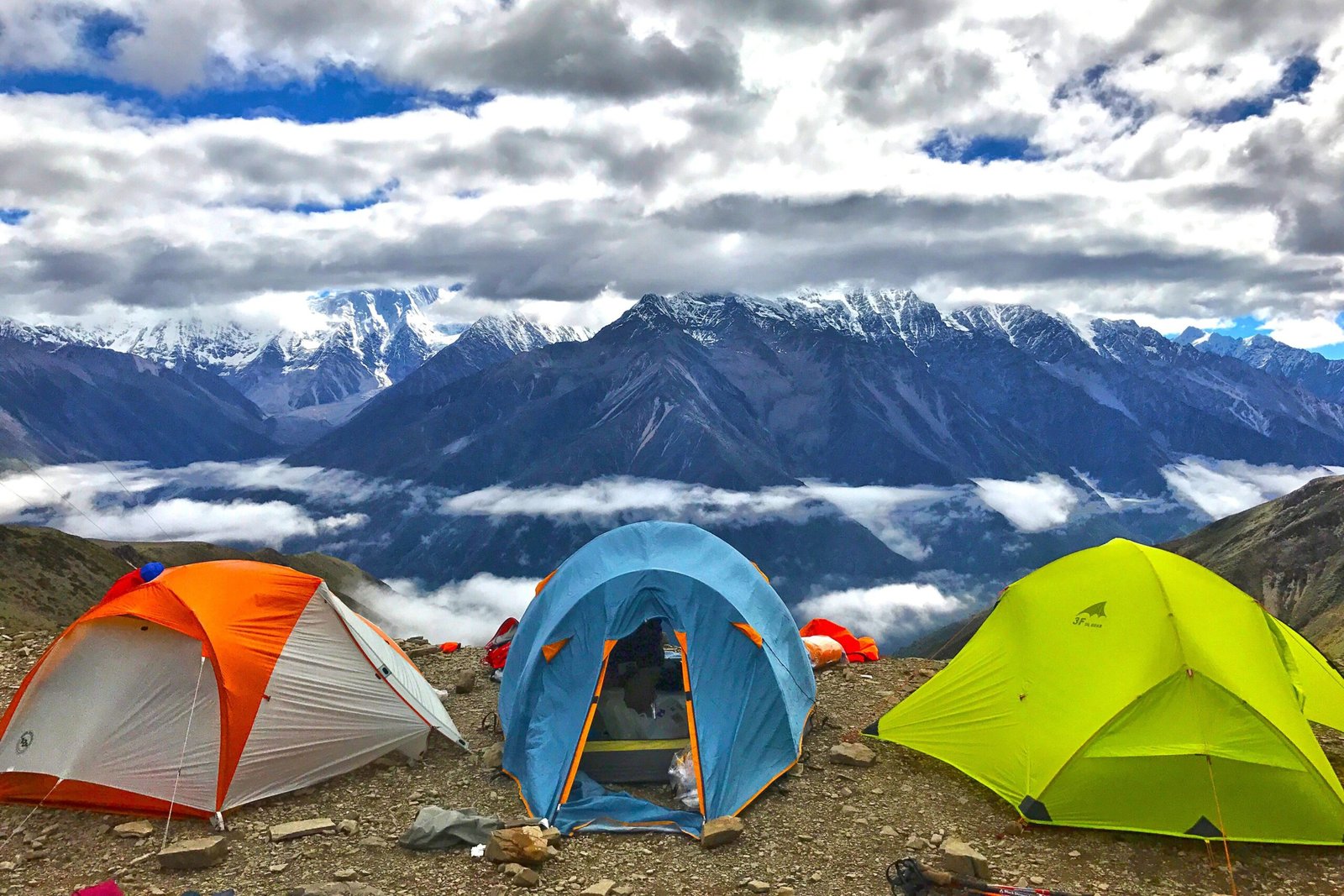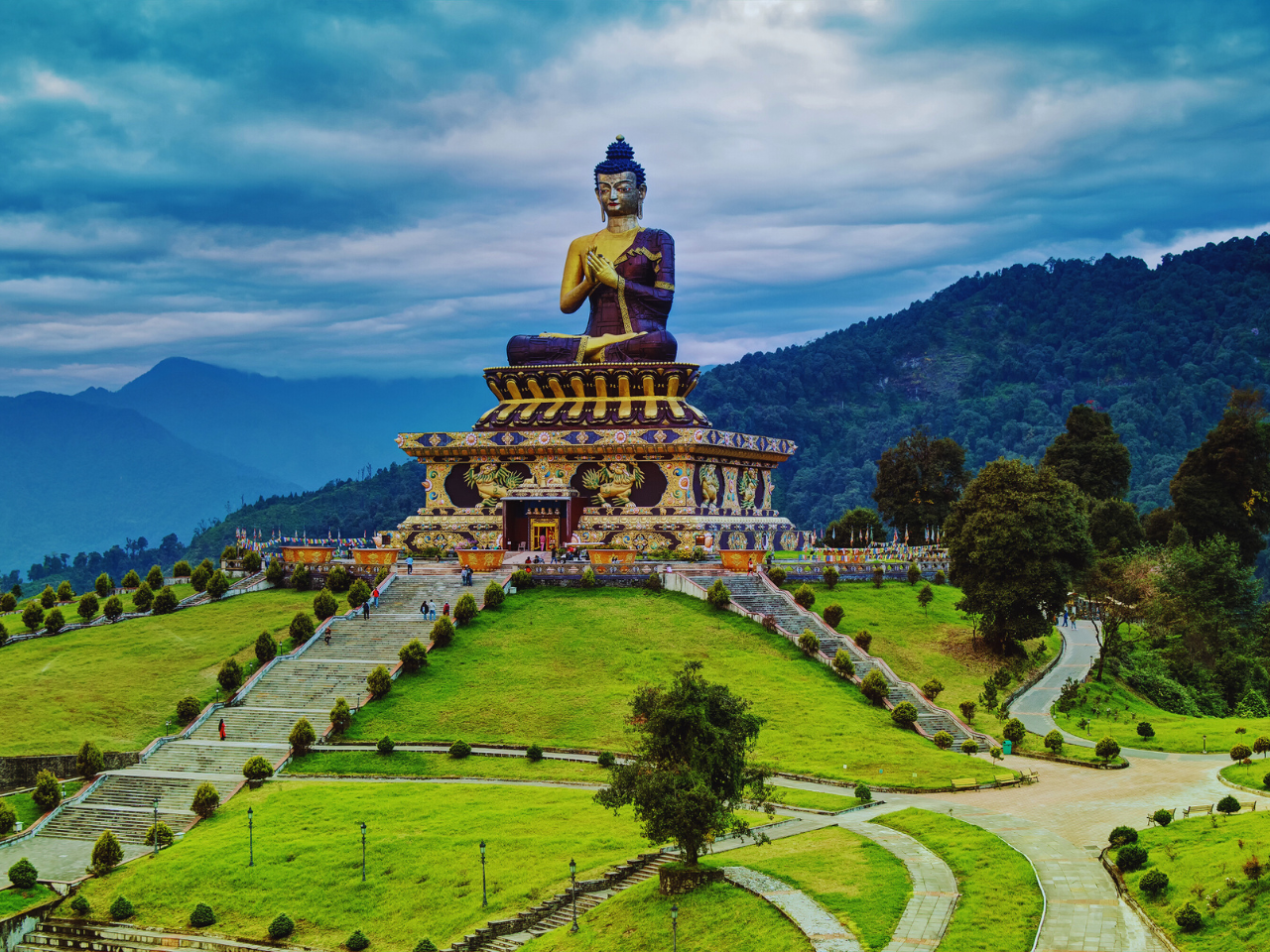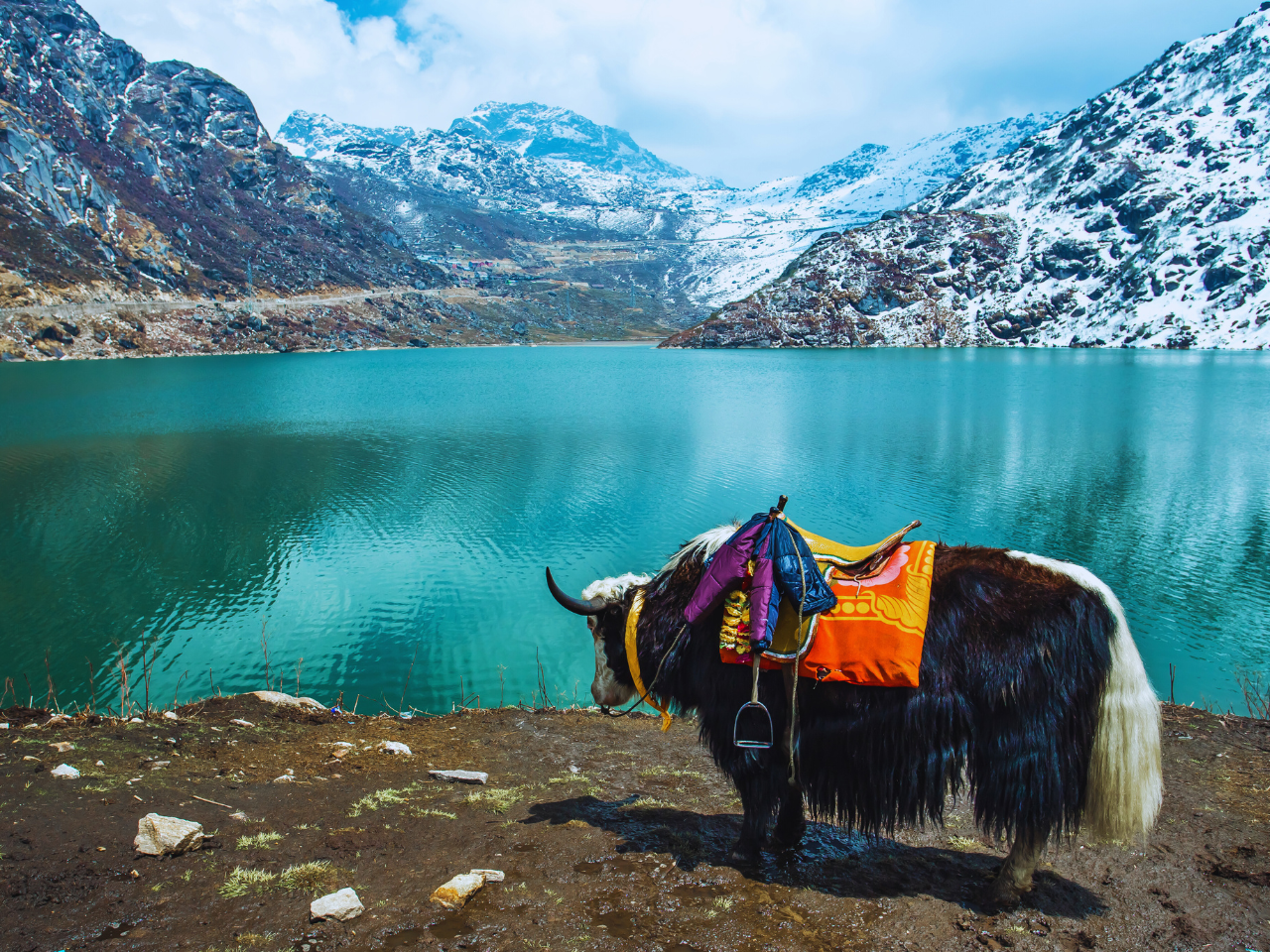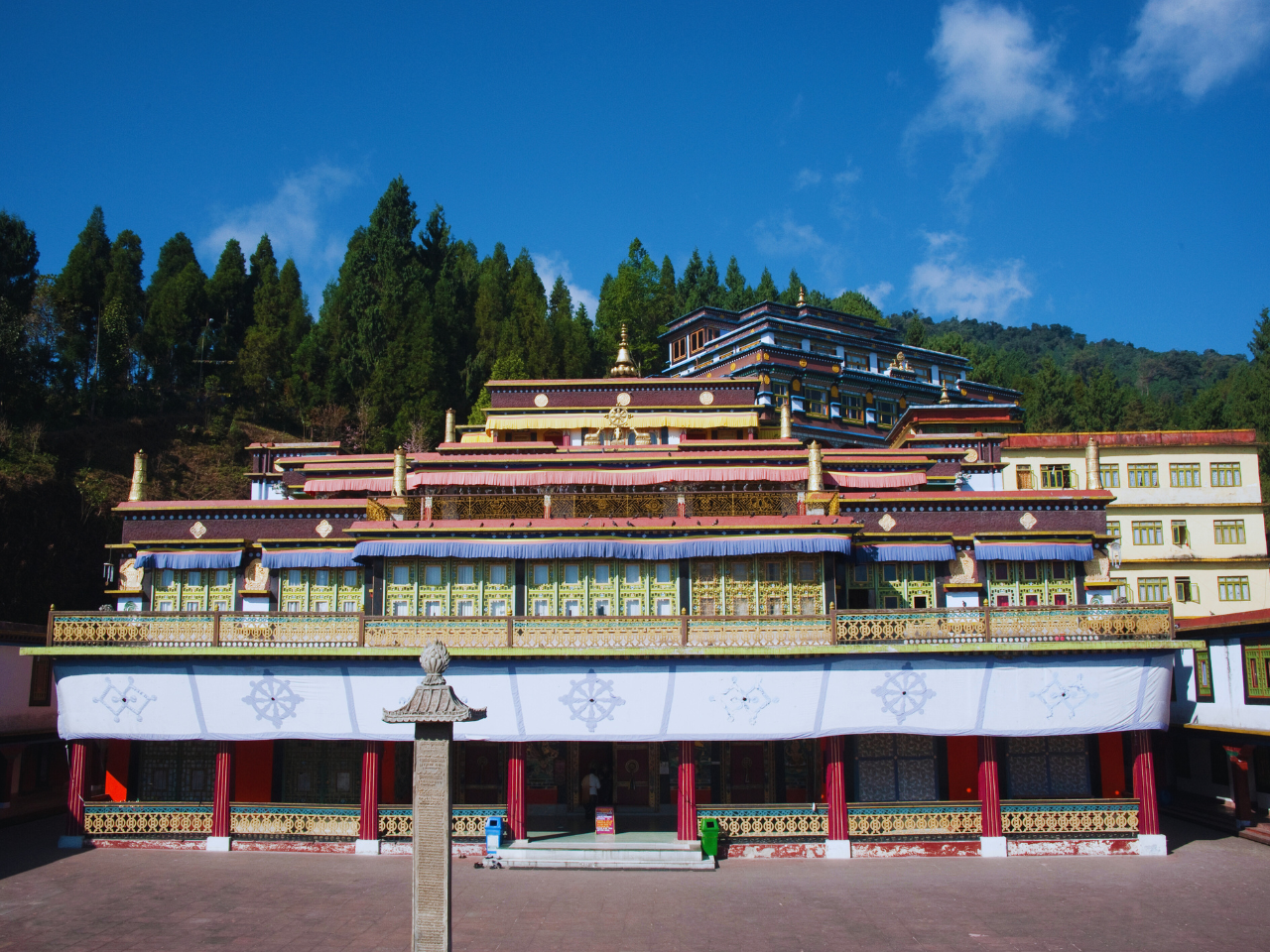Best Time to Visit Zero Point
Best Time To Visit Zero Point
High in the Himalayas, where the air thins and the views become boundless, lies Zero Point, Sikkim. This isn’t just a location; it’s an experience – the last civilian outpost before the border with China. Here, amidst breathtaking mountain vistas and raw, untamed nature, you’ll discover a place untouched by commercialism, offering a true escape to the heart of the Himalayas. But when does Zero Point unveil its most captivating form? Let’s embark on a seasonal adventure to discover the unique charm each period offers.
Spring (March to May):
Spring paints Zero Point with a delicate touch. Rhododendrons begin to bloom, adding splashes of pink and purple to the otherwise stark landscape. The harsh winter chill begins to recede, with temperatures ranging from -5°C (23°F) to 10°C (50°F). Clear skies offer unobstructed views of the majestic Kanchenjunga, its peak glistening under the benevolent sun. This season, while short, is ideal for those seeking a glimpse of the awakening Himalayas with fewer crowds. However, be prepared for some lingering snow and potentially icy patches on the roads.
Highlights:
- A Touch of Spring: Witness the first signs of life emerge on the mountain slopes with the blooming of rhododendrons.
- Pleasant (for high altitude) Temperatures: Enjoy slightly warmer weather compared to winter, making exploration more comfortable.
- Sense of Adventure: Be among the first visitors to experience Zero Point after the winter slumber.
Things to Consider:
- Limited Services: Most tourist facilities and activities may have limited availability during spring as the season is just opening.
- Possibility of Snow: Be prepared for potential snow patches on the roads leading to Zero Point.
Summer (June to August):
Summer brings a touch of monsoon magic to Zero Point. While heavy rainfall is uncommon at this altitude, occasional showers can grace the land, leaving the air refreshingly cool. Lush green meadows replace the winter browns, and wildflowers dot the landscape with vibrant hues. Average temperatures range from 5°C (41°F) to 15°C (59°F). This season offers a tranquil escape for those seeking solitude amidst the grandeur of the Himalayas. However, be aware of potential road closures due to landslides during heavy monsoon rains.
Highlights:
- Emerald Meadows: Witness the transformation of the landscape into a verdant haven.
- Wildflower Spectacle: Enjoy the beauty of wildflowers blooming amidst the meadows.
- Scenic Beauty: Clear skies offer breathtaking panoramas of the surrounding mountains after the rain showers.
Things to Consider:
- Potential for Landslides: Be aware of the possibility of landslides during heavy monsoon rains, especially on mountain roads leading to Zero Point.
- Limited Visibility: Fog and mist can sometimes obstruct the views during the monsoon.
Autumn (September to November):
Autumn transforms Zero Point into a breathtaking canvas of fiery hues. The verdant cloak of summer gives way to a warm palette of yellows, oranges, and reds, creating a mesmerizing backdrop for the snow-capped peaks. The skies remain predominantly clear, offering spectacular vistas of the Himalayas. With average temperatures ranging from 0°C (32°F) to 10°C (50°F), autumn presents comfortable conditions for short hikes and sightseeing.
Highlights:
- A Blaze of Glory: Witness the mesmerizing transformation of Zero Point’s landscape into a fiery autumn wonderland.
- Comfortable Temperatures: Enjoy ideal conditions for exploring the surroundings.
- Unparalleled Views: Capture stunning photographs of the snow-capped peaks against a clear blue canvas.
Things to Consider:
Pack for Colder Temperatures: Pack warm clothes as temperatures can drop significantly, especially at night.
Winter (December to February):
Winter drapes Zero Point in a mystical charm, transforming it into a wonderland of frosted beauty. The temperatures dip considerably, with averages ranging from -15°C (5°F) to -5°C (23°F). The landscape transforms into a pristine white blanket, offering breathtaking vistas. However, the skies are at their clearest, offering unparalleled views of the snow-capped peaks. This season is ideal for those seeking a true winter wonderland experience, but be prepared for extremely cold weather and limited services.
Highlights:
- A Winter Wonderland: Witness the captivating beauty of Zero Point completely frozen, creating a picture-perfect winter landscape.
- Unparalleled Views: Capture stunning photographs of the snow-capped Himalayas against a clear blue canvas.
- Serene Tranquility: Experience the peaceful solitude of the Himalayas during winter.
Things to Consider:
- Pack for Extreme Cold: Pack heavy woollens and proper winter gear to withstand the harsh weather conditions
- Limited Accessibility: Due to heavy snowfall, Zero Point is often inaccessible during winter. Roads leading up might be closed for safety reasons.
- Limited Services: Most tourist facilities, including homestays and restaurants, close down during winter due to extreme weather.
Planning Your Perfect Zero Point Escape:
Choosing the ideal time to visit Zero Point depends on your preferences for weather and accessibility:
- For Pleasant Temperatures and Fewer Crowds (with some snow): Spring (March-May) is an option, but be prepared for limited services and potential road closures.
- For Lush Meadows, Wildflowers, and Scenic Beauty (with possibility of rain and landslides): Summer (June-August) offers a unique perspective, but be cautious of monsoon conditions.
- For Breathtaking Fall Colors and Comfortable Hiking: Autumn (September-November) provides the perfect conditions with clear skies and ideal temperatures.
- For a True Winter Wonderland Experience (with extreme cold and limited accessibility): Winter (December-February) is ideal for those seeking a snowy adventure, but be prepared for the challenges.
Zero Point’s charm lies in its remoteness and untouched beauty. Whether you seek vibrant landscapes in spring, tranquil meadows in summer, or a breathtaking autumn spectacle, this high-altitude outpost promises an unforgettable experience. Remember, check the weather conditions and road accessibility before your visit, especially during monsoon and winter.
More Best Time to Visit
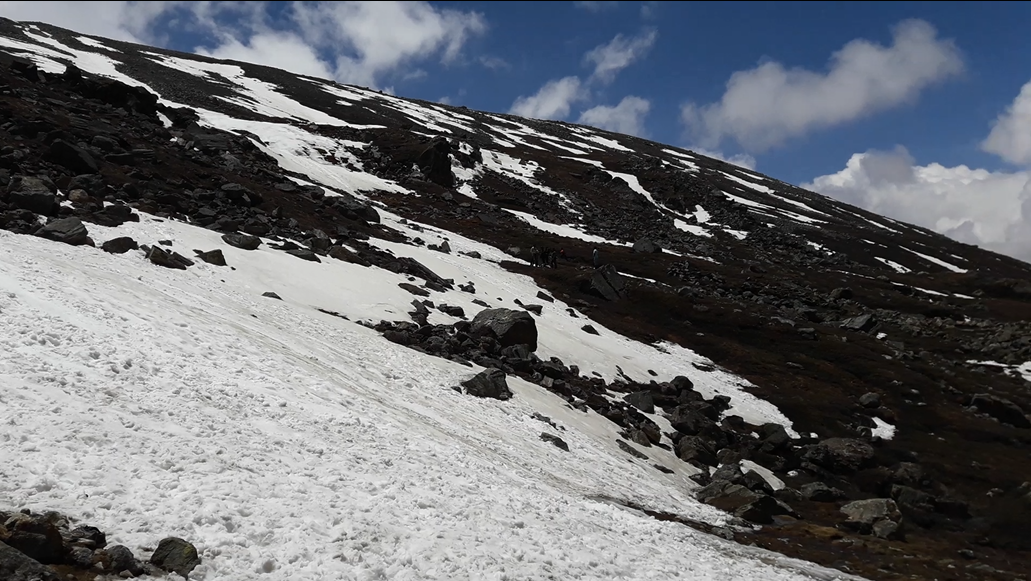
Get Your Best Tour Experience
Customer Speak
Best Seller Package Sikkim
- 4N/5D
Gangtok 5 Days 4 Nights Lachen & Lachung Tour
(654)
Place to Visit in Sikkim
Things To Do In Sikkim
Top Attractions in Sikkim
Explore More About Sikkim
Gangtok is the capital city of Sikkim, and reaching this picturesque hill station involves a few travel options:
By Air
Nearest Airport: Bagdogra Airport (IXB) in West Bengal, India.
Flight duration from major cities: Approximately 2 to 2.5 hours.
After arriving at Bagdogra Airport, you can hire a taxi or take a shared cab to Gangtok, which is around 125 kilometers away. The journey usually takes around 4 to 5 hours, depending on road conditions.
By Train
The nearest major railway station to Gangtok is New Jalpaiguri Railway Station (NJP) in Siliguri, West Bengal.
After arriving at New Jalpaiguri Railway Station, you can proceed to Gangtok by hiring a taxi or taking a shared cab. The distance is approximately 125 kilometers, and the journey can take around 4 to 5 hours.
By Road
Gangtok is well-connected by road to various nearby cities and towns.
You can reach Gangtok by hiring a taxi or taking a bus from nearby places like Siliguri, Darjeeling, or Bagdogra. The journey times vary depending on the starting point, but it generally takes around 4 to 5 hours from Siliguri and Bagdogra.
Delhi to Gangtok Route
Delhi – Agra – Kanpur – Lucknow – Gorakhpur – Muzaffarpur – Patna – Bhagalpur – Purnia – Siliguri – Gangtok
The total distance can be around 1700-1800 kilometers (1056-1118 miles), and the journey could take approximately 30-35 hours of driving time which is less preferable
Spring (March to May)
This is one of the most popular times to visit Sikkim. The weather is pleasant, with temperatures ranging from 10°C to 16°C (50°F to 61°F) in most areas. The rhododendrons and other flowers are in full bloom during this time, creating a vibrant and colorful landscape. It’s a great time for nature walks, trekking, and sightseeing.
Summer (September to November)
Autumn is another popular time to visit Sikkim. The weather is clear, and the temperatures range between 4°C and 15°C (39°F to 59°F). The skies are generally clear, making it a great time for trekking, mountain views, and exploring the various cultural festivals of the region.
You just need to choose your Package and come to Bagdogra rest will be handled by Etripto.in
If you are coming through Train then you need to reach NJP (New Jalpaiguri Railway Station).If you are coming through flight then you can come to Bagdogra Airport or Pakyong Airport.
You want to visit then September to June will be the proper time to visit Sikkim.If you want to avoid high cost then don’t come in Vacation Dates.
You can explore North Sikkim, East Sikkim, South Sikkim and West Sikkim.
To visit Sikkim 6 Days 5 Nights is the best plan in which you roam Lachen Lachung Gurudongmarlake Yumthang Valley, Zeropoint and Nathulapass Changu Lake and Baba Mandir.
Gangtok is 125 Km away from Njp and it takes 6 hours to reach Gangtok.
You can get snow in Zeropoint and Kalapathar from December to June.
Adventurous activities have always been a fancy against which one can challenge and put to test one’s caliber. While we talk about numerous adventure destinations in India, a multitude of names pop up, yet nothing matches the wide variety of adventure activities that are associated with Manali. Therefore, if you are still in the phase to decide upon which adventurous sports to do in Manali, then take a back seat and simply go through the below adventurous activities.
- River Rafting
- Paragliding
- Skiing
- Hiking
- Mountain Biking
- Mountaineering
- Zorbing
- Jeep Safari
- Camping
- River Crossing
- Angling
- Rock Climbing
- Rappelling
- Snow Scooter
- Cable Car Ropeway
- Kayaking

